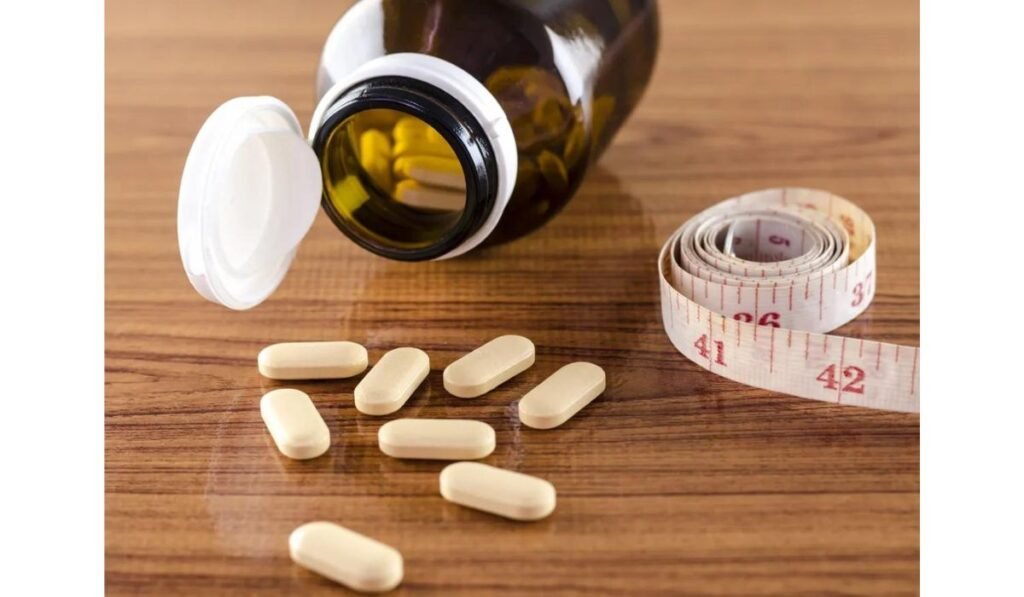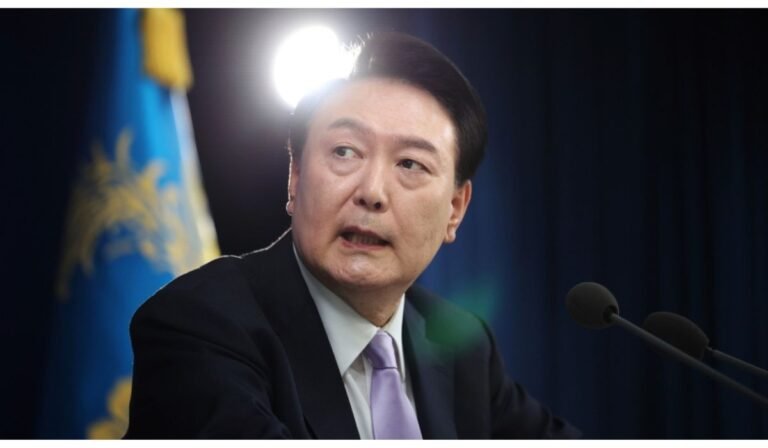(Reuters) – Millions are seeking weight-loss drugs from Novo Nordisk and Eli Lilly, driving up sales forecasts to $150 billion by the early 2030s. With increasing supplies and potential wider usage, the market outlook is optimistic.
A year ago, top sales estimates were in the $100 billion range.
“It is very unusual to have a medicine that is capturing the imagination of millions of people,” said Michael Kleinrock, senior research director at healthcare analytics firm IQVIA Institute for Data Science.
Insurance often excludes new therapies with low co-payments, leaving many to cover costs themselves or with coupons from manufacturers. This creates financial strain for those seeking treatment.
IQVIA’s latest five-year outlook estimates global spending on obesity medications at $24 billion, rising to $131 billion by 2028. This marks a significant increase from the previous projection of 13%.
IQVIA projects global obesity-drug spending to range from $39 billion to $74 billion in 2028.
The projected $131 billion spending will rely on factors like patient drug adherence and potential expansion of drug uses. Additionally, the emergence of direct-to-consumer sales may influence outcomes.
Sales constraints from shortages in 2023 are resolving, yet manufacturing capacity still largely limits sales.
In recent years, advancements in medical research and technology have led to the development of innovative weight-loss drugs with promising efficacy and safety profiles. These breakthroughs have fueled optimistic forecasts for the weight-loss drug market, as consumers seek alternatives to traditional methods such as diet and exercise.
read more
image source








